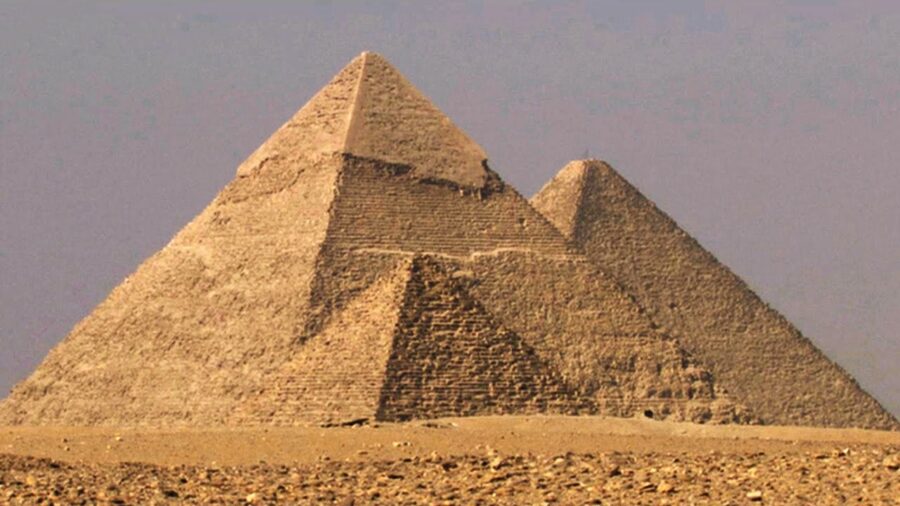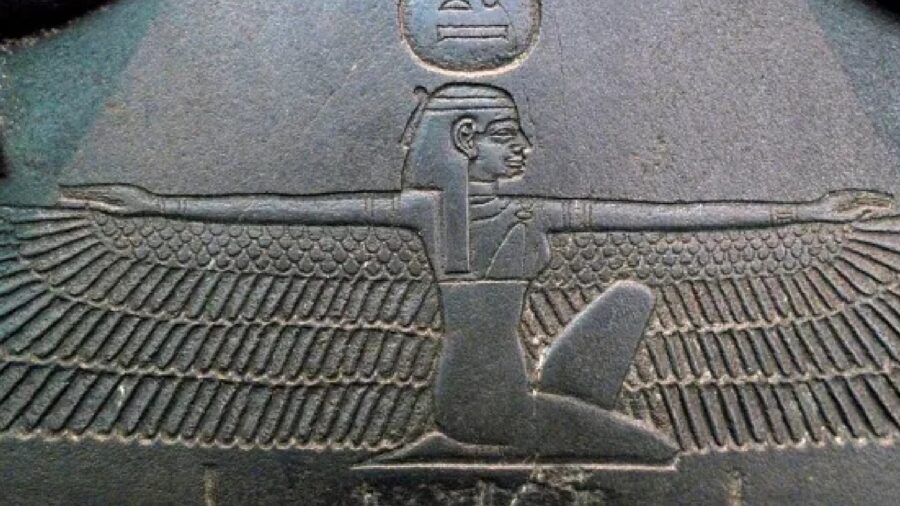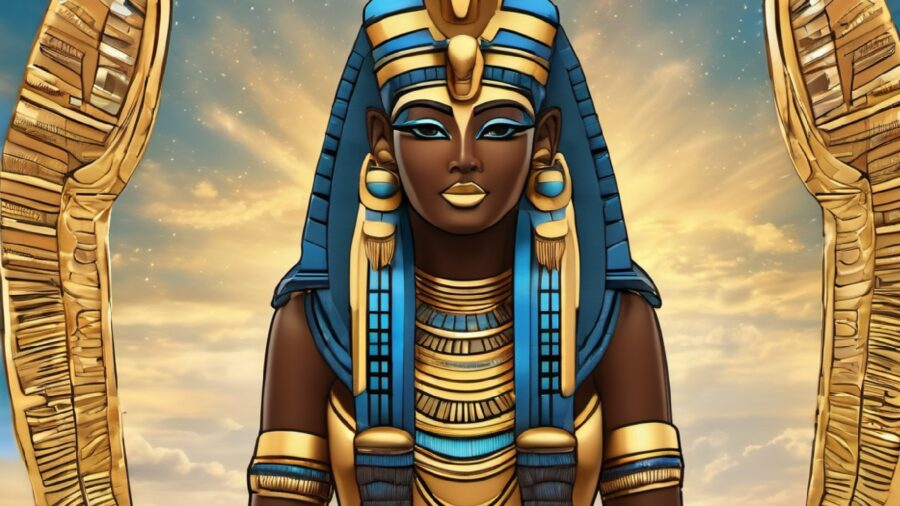Milky Way Seen as Ancient Celestial Deity by Egyptians

Most people in western countries look up at the sky and catch a hazy glimpse of stars, or what they think might be stars. But thousands of years ago, ancient Egyptians looked up and saw a blanket of twinkling lights, complete with clear connected constellations and, yes, the brilliant Milky Way Galaxy. Now, we discover those ancient Egyptians may have seen the Milky way as much more than just stars. It looks like they considered it a powerful ancient deity–Nut, goddess of the sky, of mothers, of fertility, and even the universe.
Ancient Egyptians Were Advanced

We often think of modern humanity as incredibly advanced compared to ancient cultures, and in many ways it is. We have microwaves and televisions, smartphones and motor vehicles. But in their own ways, ancient cultures were far more advanced than we can even conceive of today.
Ancient Egypt, a unified empire that was first established around 3100 BCE, built on early forms of irrigation, using the ebb and flow of the Nile River to plan for crops. They conceived of advanced forms of construction to build the pyramids, and they contributed a tremendous amount to the world’s understanding of medicine, math, writing, the arts, and astronomy.
The Study

This last advancement is what a recent paper from the University of Portsmouth in New York focuses on. Associate Professor in Astrophysics Dr. Or Graur draws on ancient texts from Egypt to establish a connection between the sky and religion for ancient Egyptians — in this case, specifically the Milky Way.
He points out that one of the earliest gods, Nut, was depicted as having been stretched across the sky, with her hands and feet spread to make up the north, east, south, and western points of the earth and her torso arching across the sky to encompass the stars. Graur also constructs a simulation of what the Milky Way would have looked like in the night sky to the ancient Egyptians. For Graur, the similarities are undeniable.
The Goddess Nut

In ancient Egyptian religion, Nut is the daughter of two of the primordial gods, of which there are only nine. Her parents, Shu and Tefnut, were brother and sister and made up a large portion of power in the universe.
As such, Nut and her brother, Geb, come to represent the sky and the earth, respectively. The sky, according to the Egyptians, encompasses a massive amount of power.
Nut’s Story

Nut has been depicted as a cow, a sycamore tree, a sow suckling her piglets (which are all the stars in the sky), and in a traditional human female form with a water pot as a headdress, which represents the uterus or fertility. She is not only powerful but also incredibly smart, having tricked the sun god, Ra, after he declared she could not have children.
To circumvent his declaration, she created five more days, making the complete 365, and gave birth to her five children on those days. Most people are familiar with the names of those gods — Osiris, Horus, Set, Isis, and Nephthys. This storycemented her reputation as a great goddess worthy of worship in ancient Egyptian culture, and she became, to many, the quintessential mother figure.
Nut’s Influences Is Felt Today

In his paper, Graur makes the point that the Ancient Egyptians would have prayed to Nut daily. Furthermore, he notes that her stories, and those of her children, have had a lasting impact on Egyptian culture and adjacent societies. That impact can even be seen in modern times in many contemporary African belief systems around the Milky Way.












